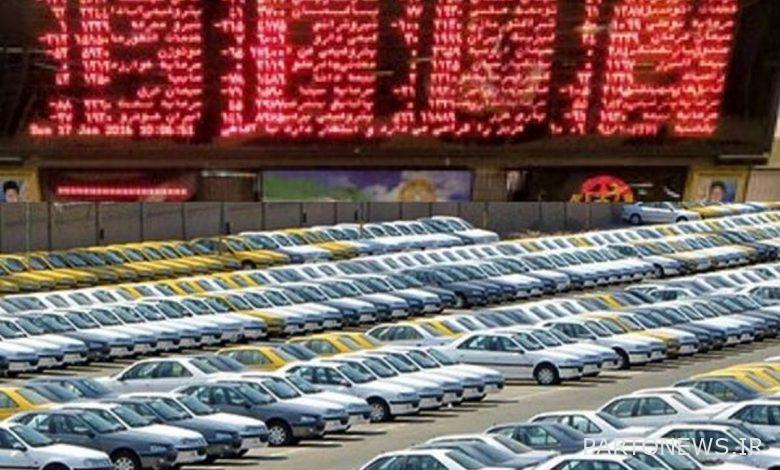What happened to the supply of cars on the stock exchange?

Although amendments have been made regarding the Guardian Council’s objections to the provisions of the plan (the need for greater transparency regarding the issue of car imports and the inconsistency of some of the plan’s materials with the policies of the resistance economy as well as policies to protect national production). Iranian work and capital) has been done by members of parliament, it has not yet reached its final stage.
One of the key issues in the plan to organize the car market has been the pricing and supply of cars in the commodity exchange, which based on the latest meetings of the commission with trustees and meetings of the exchange organization with automakers, the issue of car supply in the commodity exchange has been considered more seriously.
Examination of market prices and approved prices shows a deep price gap in some cars, which naturally stimulates demand to take advantage of this difference and confronts the market with excess demand, which in itself paves the way for further price increases. On the other hand, this price difference is mainly given to the dealers, which will not help to remove the financial constraints of the car manufacturers and the problem of their accumulated losses.
In addition to the issue of car supply in the commodity exchange, another issue of interest in recent months has been the import of cars. It should be noted that the discussion of the need for foreign exchange in car imports (regardless of the source of foreign exchange) overshadows the demand for imported cars in the foreign exchange market. Given that, according to the latest data, the price index of imported goods has grown by 533% in the spring of this year, any new increase in exchange rates while intensifying inflation and inflation is not compatible with the government’s livelihood approaches.
Important Notes
A review of the experiences of countries shows that the main commodities offered on the stock exchange are basic commodities (industrial commodities), mining and agriculture, and the supply of final goods is not usually used on the stock exchange. The supply of cars on the commodity exchange in the first place means saying goodbye to the factory price, and an increase in prices is inevitable. On the other hand, اینکه Considering that the delivery of the car will be at different maturities, a new market will be formed for the sale and purchase of car securities. Therefore, the dual “factory price-market price” will become the dual “stock price-market price” dual. From this perspective, the possibility of monitoring new prices will be less.
Also, the main precondition in the supply of cars in the commodity exchange is the variety of goods and the appropriate volume of supply in proportion to the needs of the market, as long as the policy maker ensures the adequacy of production and supply of cars at deadlines and in sufficient volume to meet total demand. If there is no (real demand and false demand), supply on the commodity exchange will increase the risks of price increases due to supply shortages.
Given that the car market is not competitive in the supply side of the market, the possibility of monopoly and quasi-monopoly behavior after the listing of the car in the stock market is quite possible. The manufacturer and supplier can turn the market balance in the stock market into an unrealistic balance by managing the supply of cars in the market.
This will again pave the way for price interventions of decision-making bodies in the commodity exchange, which is not in line with the market nature of the exchange. In the end, it should be noted that in the car market, in addition to the issue of how to supply the car and its pricing method, various issues of production, trade, technology and production support are of great importance that should be considered at the same time.
Source:
the world of economy
.

